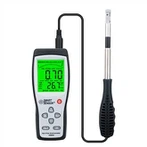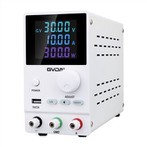Multimeter - what does the FireWire L and L1 mean?
L means the phase line, which means connecting the live line. L1 is a branch of the phase line, that is to say, connect L and L1 in series with a wire, and actually connect a line (live wire).
In addition to the live wire, there is another wire called neutral wire in the lighting circuit.
The difference between the live wire and the neutral wire is that they have different voltages to the ground: the voltage of the live wire to the ground is 220V; the voltage of the neutral wire to the ground is equal to zero (it is itself connected to the earth).
Extended information:
Most of the power sockets we use are single-phase three-wire sockets or single-phase two-wire sockets. In the single-phase three-wire socket, the middle is the ground wire, which is also used for positioning, and the other two ends are respectively connected to the live wire and the neutral wire. All household appliances with metal casings use single-phase three-wire power plugs.
The three plugs are arranged in a regular triangle, and the longest and thickest copper plug on it is the ground wire. The two below the ground wire are the live wire (the logo letter is LLive Wire) and the neutral wire (the logo letter is NNeutral wire), and the order is left zero and right fire (when the front of the plug faces you).
Do not connect the zero wire end and the ground wire end for positioning together during use, because some equipment uses a two-wire plug. The neutral line is short-circuited, burning out the equipment, and causing irreparable losses. Therefore, even if there is no grounding in the three-wire socket at home or in the unit, it is best to use a three-wire power plug and a three-wire socket.






